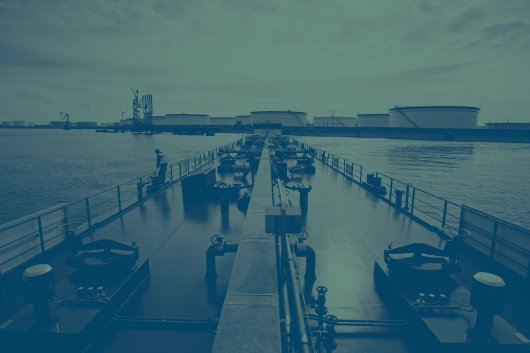Ritz-Carlton's first luxury cruise ship to include bunker-saving Azipod propulsion
Hotel chain's yacht to incorporate system that is said to be 10% more fuel efficient.
ABB has been signed up to provide the power and propulsion for the first in a series of vessels that mark Ritz-Carlton's first foray into the maritime sector.
The 190-metre-long luxury cruise yacht has been dubbed the 'anti-cruise ship' because it can accommodate just 298 passengers and is aimed at providing a more bespoke service than larger cruise vessels.
ABB's solutions are to be incorporated to optimize energy efficiency and allow the ship to be remotely monitored from shore.
The cruise yacht will be fitted with two Azipod D propulsors to enable the ship to manoeuvre efficiently and effectively.
Azipod propulsion is said to be approximately 10 percent more fuel efficient than shaft line systems, meaning significant reductions in both running costs and emissions. The hydrodynamics of the hull can be optimized because no rudders or other equipment associated with shaft line propulsion are required.
The configuration of the power system means less energy is wasted as the power management system connects or disconnects diesel generator sets to the network depending on the vessel power requirement.
ABB says the Azipod D is ideal for smaller vessels because of its lower installed power. Also, Azipod propulsion makes it possible to do away with bulky traditional shaft line systems, with the electric motor installed in a pod outside the hull, thus freeing up space for more cabins on passenger ships.
The thrusters' ability to turn in all directions increases ships' access to ports without tug assistance, with the vessel in this case operating in New England, Caribbean and Mediterranean waters - calling at locations typically not accessible to large cruise ships, from Capri and Portofino to St. Barths and the old town of Cartagena.
Since its first installation more than 25 years ago, Azipod propulsion has clocked up over 13 million running hours with an availability of 99.8 percent, according to ABB
Captain Erik Bredhe, Marine Operations Director at The Ritz-Carlton Yacht Collection, said: "When we set out to design and build an ultra-luxury cruise yacht for the Ritz Carlton brand, we wanted to select the critical systems and equipment from among the most experienced suppliers known for their reliability and quality. The obvious choice for power and propulsion was ABB, and we expect them to meet and exceed our quality standards as partners for many years."
The Azipod units, along with all elements included in the ABB medium voltage power plant, will be installed with sensors to produce data that can be tracked from shore by both the customer and from the ABB Ability Collaborative Operations Centres. This is designed to allow for a more informed approach during routine maintenance.
The ship will also incorporate ABB's Ability System 800xA, where all systems are operated from a single-screen access to all information needed to operate the yacht effectively and safely.
The vessel will be built at H.J. Astilleros Barreras (HJB) in Spain, and is scheduled to set sail in 2019.
Ritz-Carlton announced its intention to build three 190-metre-long luxury cruise yachts in June. The hotel chain jointly developed the vessel concept with Sweden's Tillberg Design.
Image: ABB's Azipod D propulsion system.
The 190-metre-long luxury cruise yacht has been dubbed the 'anti-cruise ship' because it can accommodate just 298 passengers and is aimed at providing a more bespoke service than larger cruise vessels.
ABB's solutions are to be incorporated to optimize energy efficiency and allow the ship to be remotely monitored from shore.
The cruise yacht will be fitted with two Azipod D propulsors to enable the ship to manoeuvre efficiently and effectively.
Azipod propulsion is said to be approximately 10 percent more fuel efficient than shaft line systems, meaning significant reductions in both running costs and emissions. The hydrodynamics of the hull can be optimized because no rudders or other equipment associated with shaft line propulsion are required.
The configuration of the power system means less energy is wasted as the power management system connects or disconnects diesel generator sets to the network depending on the vessel power requirement.
ABB says the Azipod D is ideal for smaller vessels because of its lower installed power. Also, Azipod propulsion makes it possible to do away with bulky traditional shaft line systems, with the electric motor installed in a pod outside the hull, thus freeing up space for more cabins on passenger ships.
The thrusters' ability to turn in all directions increases ships' access to ports without tug assistance, with the vessel in this case operating in New England, Caribbean and Mediterranean waters - calling at locations typically not accessible to large cruise ships, from Capri and Portofino to St. Barths and the old town of Cartagena.
Since its first installation more than 25 years ago, Azipod propulsion has clocked up over 13 million running hours with an availability of 99.8 percent, according to ABB
Captain Erik Bredhe, Marine Operations Director at The Ritz-Carlton Yacht Collection, said: "When we set out to design and build an ultra-luxury cruise yacht for the Ritz Carlton brand, we wanted to select the critical systems and equipment from among the most experienced suppliers known for their reliability and quality. The obvious choice for power and propulsion was ABB, and we expect them to meet and exceed our quality standards as partners for many years."
The Azipod units, along with all elements included in the ABB medium voltage power plant, will be installed with sensors to produce data that can be tracked from shore by both the customer and from the ABB Ability Collaborative Operations Centres. This is designed to allow for a more informed approach during routine maintenance.
The ship will also incorporate ABB's Ability System 800xA, where all systems are operated from a single-screen access to all information needed to operate the yacht effectively and safely.
The vessel will be built at H.J. Astilleros Barreras (HJB) in Spain, and is scheduled to set sail in 2019.
Ritz-Carlton announced its intention to build three 190-metre-long luxury cruise yachts in June. The hotel chain jointly developed the vessel concept with Sweden's Tillberg Design.
Image: ABB's Azipod D propulsion system.

|
IMO approves pricing mechanism based on GHG intensity thresholds
Charges to be levied on ships that do not meet yearly GHG fuel intensity reduction targets. |
|
|
|
||
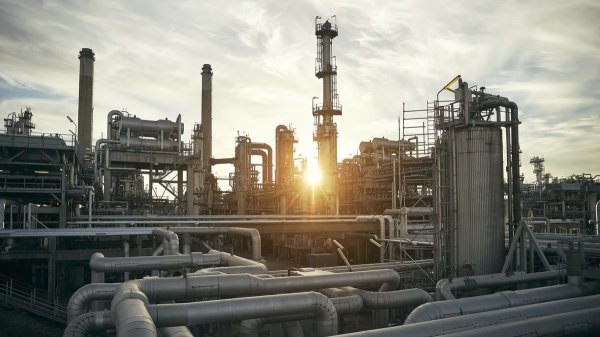
|
VARO Energy expands renewable portfolio with Preem acquisition
All-cash transaction expected to complete in the latter half of 2025. |
|
|
|
||
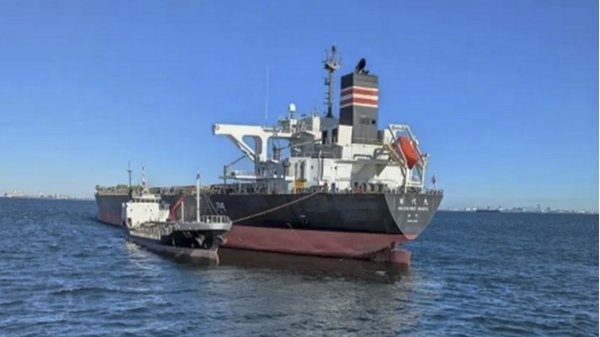
|
NYK trials biofuel in milestone coal carrier test
Vessel is used to test biofuel for domestic utility company. |
|
|
|
||
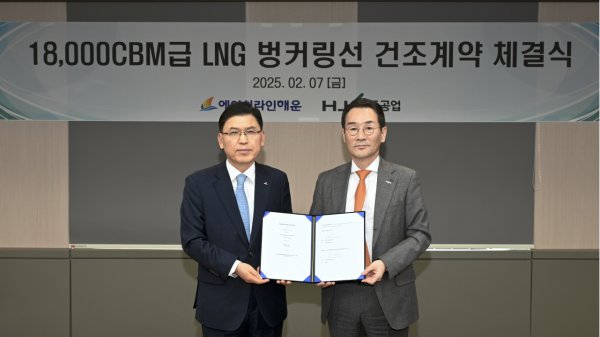
|
H-Line Shipping orders LNG bunkering vessel
Vessel with 18,000-cbm capacity to run on both LNG and MDO. |
|
|
|
||

|
How to engineer and manage green shipping fuels | Stanley George, VPS
Effective management strategies and insights for evolving fuel use. |
|
|
|
||

|
Swedish government bans scrubber wastewater discharges
Discharges from open-loop scrubbers to be prohibited in Swedish waters from July 2025. |
|
|
|
||
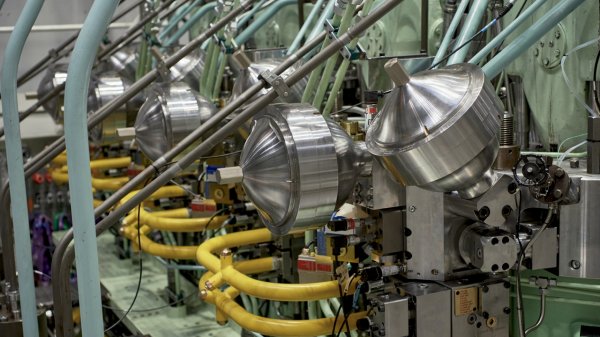
|
MAN Energy Solutions achieves 100% load milestone for ammonia engine
Latest tests validate fuel injection system throughout the entire load curve. |
|
|
|
||
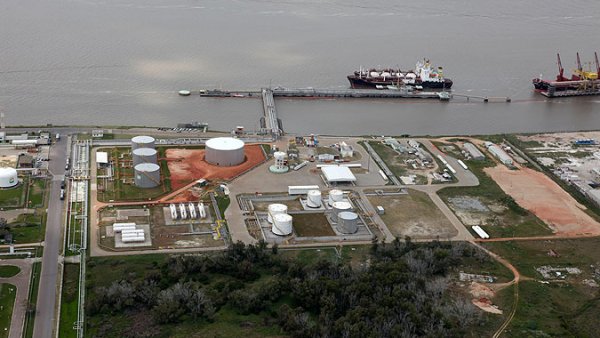
|
Petrobras secures ISCC EU RED certification for B24 biofuel blend at Rio Grande
Blend consisting of 24% FAME is said to have been rigorously tested to meet international standards. |
|
|
|
||
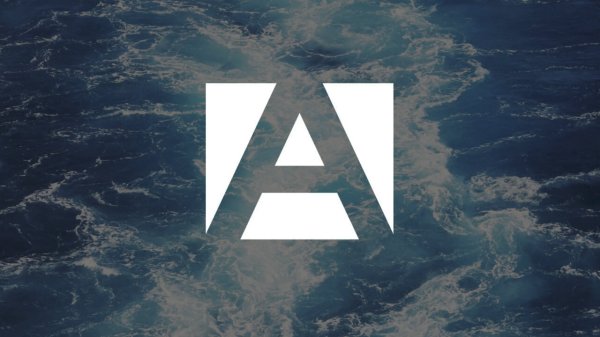
|
Stolt-Nielsen to fully control Avenir LNG with acquisition
Share purchase agreement to buy all shares from Golar LNG and Aequitas. |
|
|
|
||
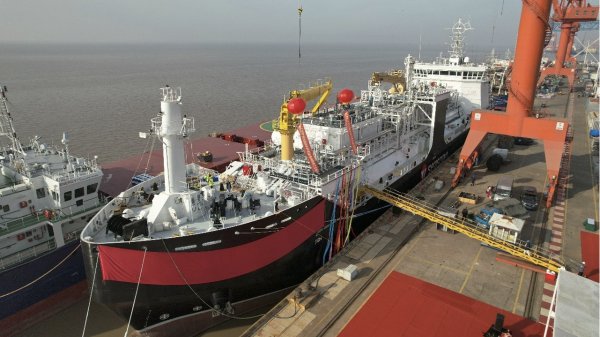
|
Bureau Veritas supports launch of CIMC SOE's LNG bunkering vessel
Handover of Seaspan Energy's cutting-edge 7,600-cbm vessel completed. |
|
|
|
||
Related Links
- · ABB hails 'Ship of the Year' fitted with bunker-saving technology [Insights]
- · Fuel-saving Azipods for LNG carrier and oil tanker [Insights]
- · Over 700,000 tonnes of fuel saved with electric propulsion system [Insights]
- · ABB expands fuel-saving product range with Dynamic AC concept [Insights]
- · Propulsion system order for Crystal Cruises [Insights]

